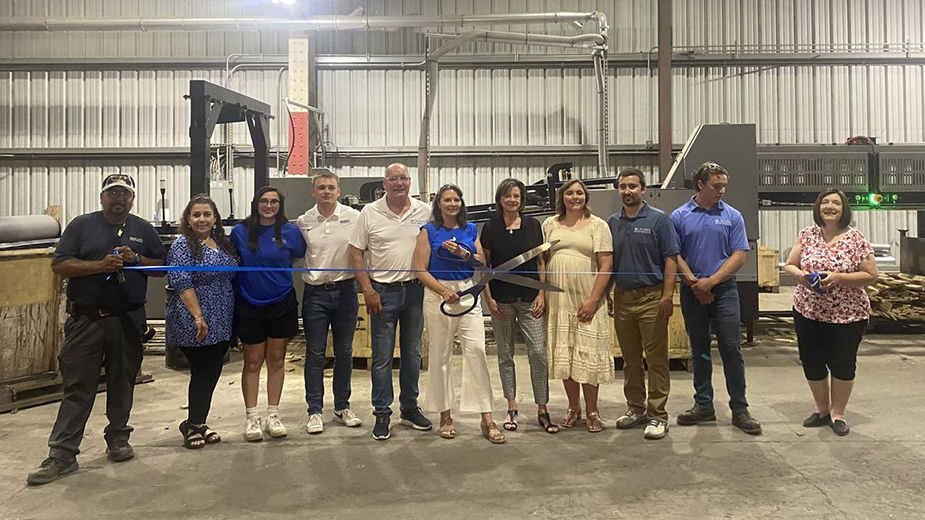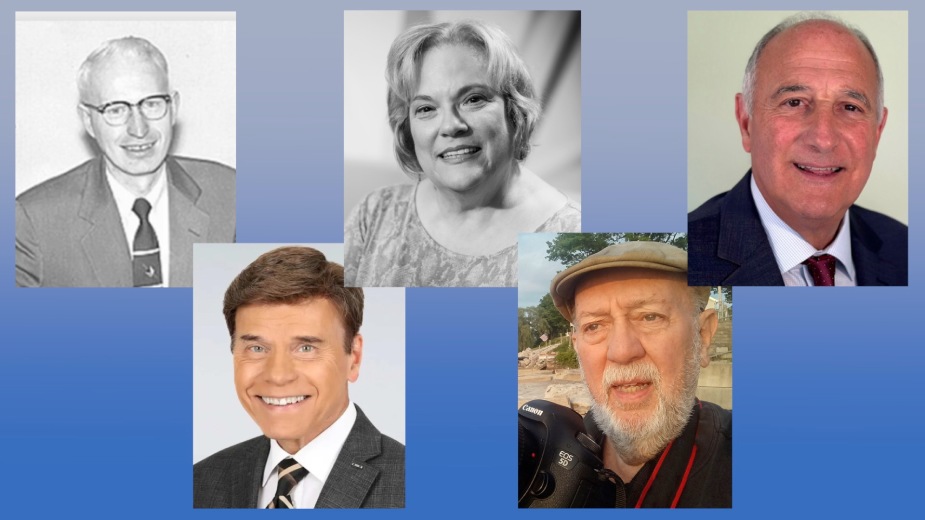Educators Are Making the Most of ‘Great Eclipse’
YOUNGSTOWN, Ohio – For a few minutes on the afternoon of Aug. 21, most of the sun will be blotted out by the moon.
This happens a few times a year, every year. But what makes this eclipse in particular a big deal – music festivals, watch parties and even tourism campaigns are being planned around it – is where it’s happening.
Usually, explains Youngstown State University astronomy professor Pat Durrell, the path of totality – the area where the sun or moon is blocked entirely by the other – is over the ocean or in remote areas.
For this one, the path reaches from the coast of the Pacific Ocean in Oregon to the shores of South Carolina. It’s the first eclipse visible from coast to coast in the country since 1918.
“There are millions of people along the path of totality, millions of people with the chance to see a solar eclipse,” he says. “But a few hours away outside of that path, even more people will be able to see a partial eclipse.”
Some 12 million live in the path of totality and 200 million more live within a day’s drive of it. The Federal Highway Administration expects between two million and seven million to travel to see the eclipse.
The Mahoning Valley falls outside the path of totality, but will see about 80% coverage of the sun, Durrell says.
“Over the three hours of the eclipse, you’ll see the sun in the sky and the moon slowly passing in front of the sun until it’s about 80% covered at mid-eclipse,” Durrell says. “From here, the sun will look like it’s got a huge, circular bite out of it from the moon.”
To celebrate, the astronomy department at YSU is working with Mill Creek Metroparks to offer viewings and safety tips at the park system’s farm in Canfield. There, professors and planetarium staff will set up telescopes fitted with solar lenses and hand out eclipse glasses, as well as host some activities in the farm’s classrooms.
“One of the biggest things for us is safety,” he says. “At most we’ll get about 80% coverage. Even though the sun is 80% covered, at no time here in Youngstown will it be safe to look at the sun without filters.”
Such lenses, which comply to International Standards Organizations guidelines, block out almost all light, both visible and nonvisible. Any light shining through, such as that from LED flashlights, should appear dim with nothing else visible around it.
Other methods of viewing the eclipse are also possible. At Oh Wow! The Roger & Gloria Jones Children’s Center for Science & Technology, senior “edutainer’ Brianna Wall has been working with students to build pinhole projectors out of cereal boxes, aluminum foil and cardstock.
With both ends of the box cut open, a sheet of foil with a small pinhole covers one end while white cardstock on the other serves as the projection surface. A hole on the side of the box allows users to see image of the sun during the eclipse.
“That way, when the sun shines down, you have your back to the sun and the box toward the sun to peer into the box and see an image of the eclipse,” Wall says. “There’s no chance of damaging your eyes.”
And since there are no pain receptors in eyes, any damage done would go unfelt, she adds, increasing the importance of safety during the eclipse. The children’s museum is also selling International Standards Organization-approved eclipse glasses.
Beyond just explaining how such an astronomical event occurs – the moon passes between the Earth and sun, casting a shadow on the ground – the eclipse is also serving a way for Oh Wow! to explain a basic version of the scientific method to kids as they make their pinhole projector. The basis of the Inspire Works classroom at the museum, Wall says, is PDCA: plan, do, check, act.
“They’ll make a plan – how will I make this pinpoint projector and what materials do I need? They’ll gather the materials, make something and see if it works,” she explains. “They’ll think about modifications they can do to make it better. That’s where they’ll act and make those modifications. That’s how science works.”
The timing of the eclipse couldn’t have been better, she adds, as most schools are back in session a week or so after.
“This is a great way to kick off the school year and get them excited for STEM [science, technology, engineering and mathematics,” she says. “What we want to do is take an event like this that’s piquing everyone’s attention and interest and grasp it to get kids excited about STEM.”
And if the weather doesn’t comply or you’re stuck indoors during the eclipse, never fear. On April 8, 2024, another solar eclipse will pass through the United States, with the path of totality passing over Trumbull County and western Mahoning County. Downtown Youngstown will see 99.3% coverage of the sun.
While the partial eclipse over the Mahoning Valley will be fun, the astronomy professor says, nothing compares to the sun being totally covered by the moon. That experience is driving tourism nationwide.
Hopkinsville, Ky., a town of about 31,000 people, began a tourism campaign about a decade ago to rebrand itself as “Eclipseville” after a potential visitor emailed the local tourism agency. Hopkinsville Community College even hired an astronomy professor who was enticed by being able to study in the path of totality. The town is expecting upward of 100,000 visitors Aug. 21.
Prineville, Ore., is hosting “Global Eclipse Gathering 2017,” featuring art, music, herbal education classes and ritual performances. The Oregon Department of Transportation has issued notices saying to treat “the three-hour eclipse like a three-day event,” while the state’s governor has called upon the National Guard to be ready to response to any emergencies.
Glendo, Wyo., – home to 206 people – has started a GoFundMe crowdfunding campaign to “offset the costs of port-a-potties, trash containers and other sanitation expenses for the estimated 70,000 to 100,000 people coming for the eclipse.”
The boom is just as big in larger cities. Nashville, Tenn., expects between 50,000 and 75,000 visitors to spend up to $20 million. In Charleston, S.C., the last city in the U.S. to see the full solar eclipse before its path hits the Atlantic Ocean, hotels are sold out, as are Airbnb rooms, with just 4% of the city’s inventory left unbooked.
Pictured: Suzanne Barbati, executive director, Oh Wow!, Isaiah Hickson, 7, Oh Wow! member (wearing eclipse glasses) and Brianna Wall, senior edutainment director, Oh Wow!
Copyright 2024 The Business Journal, Youngstown, Ohio.



